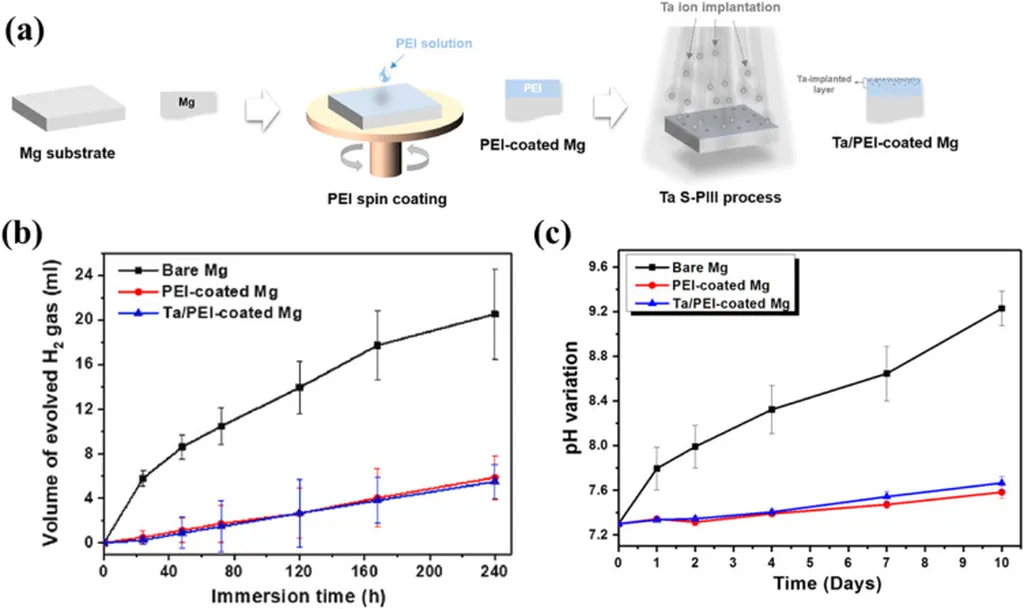In a significant breakthrough for materials science, researchers have unlocked the potential of high-aluminum-containing magnesium-aluminum (Mg-Al) alloys, pushing their strength to unprecedented levels. This development, led by Zijian Yu at Pusan National University in South Korea, could have profound implications for the energy sector, particularly in applications requiring lightweight yet robust materials.
The study, published in the journal *Materials Research Express* (translated as *Expressions of Materials Research*), focuses on the microstructure and mechanical properties of peak-aged extruded Mg-11Al alloys enhanced with silver (Ag) and scandium (Sc). By employing a combination of elements addition, extrusion, and aging treatment, the research team achieved remarkable improvements in the alloy’s performance.
“The key to our success lies in the synergistic effects of these treatments,” explained Yu. “The addition of Ag and Sc not only increases the number density of Mg17Al12 precipitates but also refines the grain structure, leading to a significant enhancement in mechanical properties.”
The resulting alloy, designated as PAE Mg-11Al-1Ag-0.4Sc, exhibited an ultimate tensile strength (UTS) of 411 MPa and an elongation of 11.6%. This represents a substantial improvement over conventional Mg-11Al alloys, which typically show lower strength and ductility. The microhardness of the enhanced alloy also reached 111 HV, a notable increase from the 103 HV observed in the baseline material.
The research delves into the underlying mechanisms driving these improvements, attributing them to grain refinement, solid solution strengthening, precipitation strengthening, and second-phase strengthening. “Understanding these mechanisms is crucial for optimizing the alloy’s performance and tailoring it for specific applications,” Yu noted.
The potential commercial impacts of this research are vast, particularly in the energy sector. Lightweight, high-strength materials are in high demand for applications ranging from automotive components to aerospace structures and renewable energy technologies. The enhanced Mg-Al alloys could contribute to the development of more efficient and sustainable energy solutions by reducing weight and improving performance.
As the world continues to seek innovative materials to meet the challenges of the 21st century, this breakthrough offers a promising avenue for exploration. The study not only advances our understanding of Mg-Al alloys but also paves the way for future developments in materials science and engineering. With further research and development, these high-strength alloys could become a cornerstone of next-generation energy technologies, driving progress and innovation across multiple industries.

